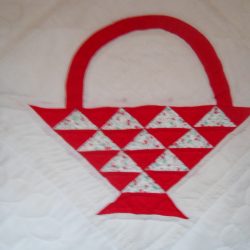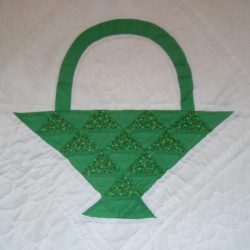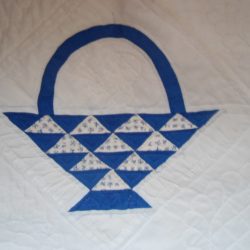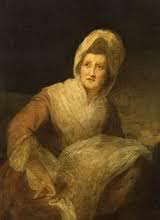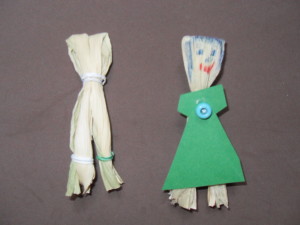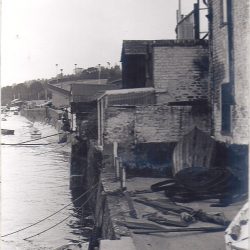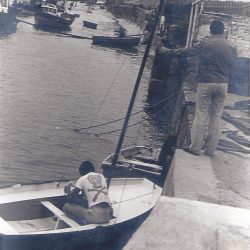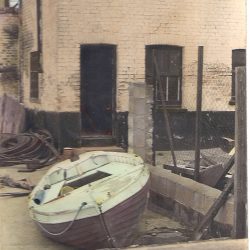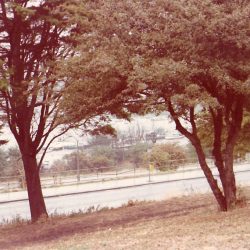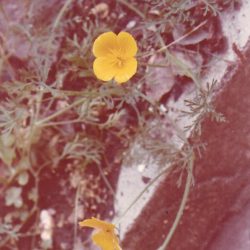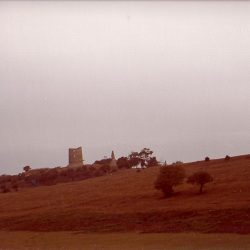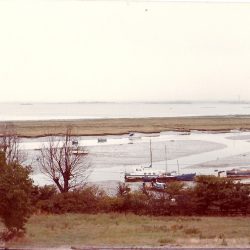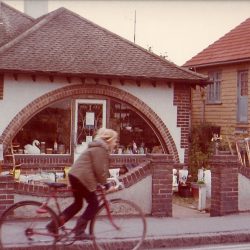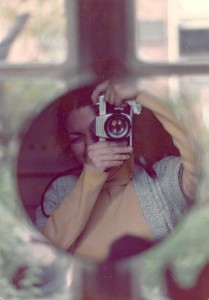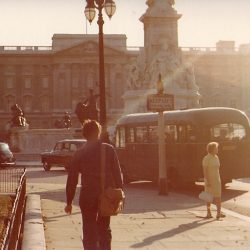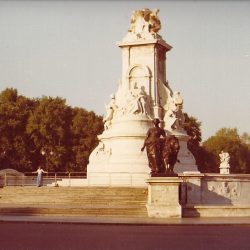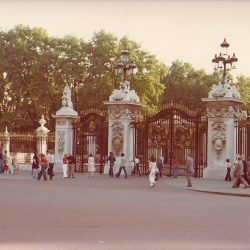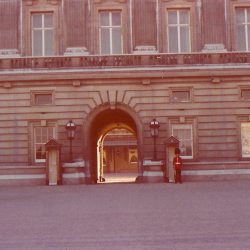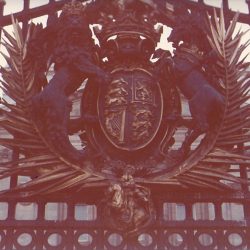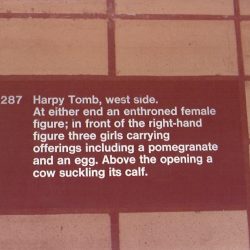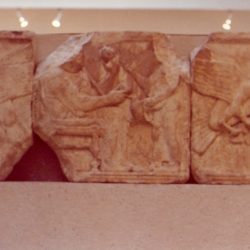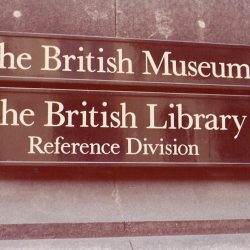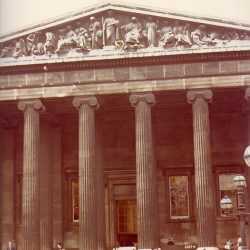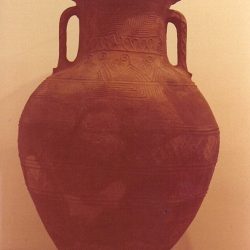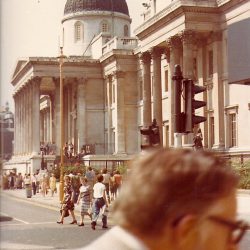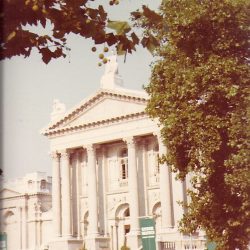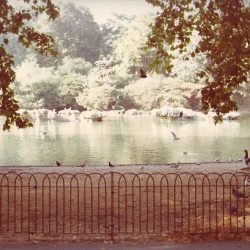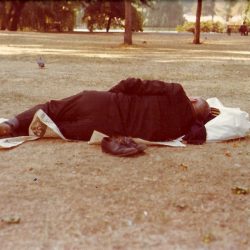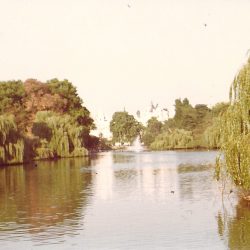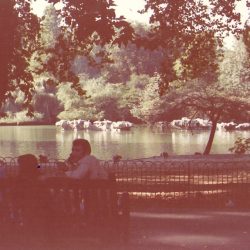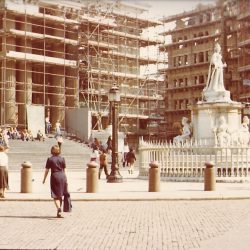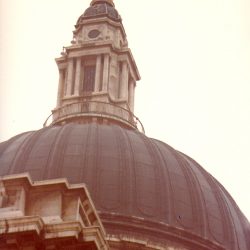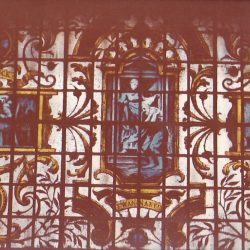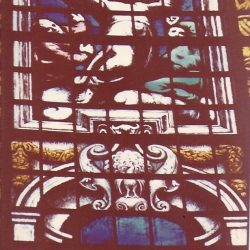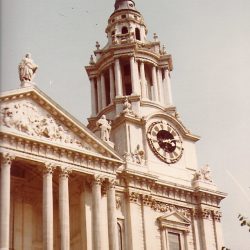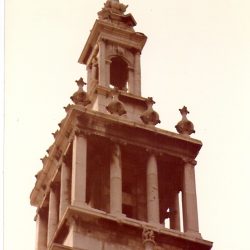Just Loved Reading:
The Royal Diaries: Mary, Queen of Scots
Middle Grade Novel
Lasky, Kathryn. The Royal Diaries: Mary, Queen of Scots, Queen without a Country. New York: Scholastic Inc., 2002
“I am a princess. All girls are; even if they live in tiny old attics, even if they dress in rags, even if they aren’t pretty or smart or young, they’re still princesses.”
Mary Stuart was crowned Queen of Scots when she was nine months old after the death of her father King James V. When she was 5, political conflicts forced her to leave her mother and flee Scotland. Mary went to live in the royal court of King Henry and Queen Catherine de Medici of France. In order for Scotland to forge an alliance with France (and send a message to England), the powers-that-be betrothed Mary to Francis, the sickly son of Henry and the treacherous Queen Catherine de Medici.
Mary’s journal begins in 1553 when she is 11 years old and ends a year later.
The diary relates a year in the life of Mary, Queen of Scots a year packed with parties, visits to castles, playing with her Ladies-in-Waiting (all four of whom are also named Mary) and her betrothed, Francis, academic and music lessons and court intrigue. She muses about marriage to Francis and her attraction to her royal Scots guardsman. Mary is smart, athletic and loves the arts. She is also impulsive and we get a hint of the trait which will ultimately lead to her demise at the hands of her cousin, Elizabeth I of England.
WHY I LOVED READING THIS BOOK:
The story of Mary Queen of Scots takes place during two important historical periods: the Renaissance and the Reformation. Both movements influence Mary’s life and thoughts as she grows into womanhood. A devout Catholic, she becomes aware of the influence John Knox and the Protestant Reformation has on her native Scotland. She muses if she will exercise tolerance of religious dissent when she returns to her native land. Yes she tells herself but we now know only time will tell.
Living in the French royal court affords Mary many of the refinements of the arts: music lessons, poetry and more. She is not unaware of this when she reflects that in Spain none of these refinements are found in its royal court. Indeed, the Spanish seem obsessed with the Inquisition and nothing else she writes in her diary. Mary gives credit to Queen Catherine for bringing many of the arts from Italy.
We will never know what the real Mary Stuart thought and felt at the age of eleven but the Royal Diaries gives us an idea especially since history tells us how the rest of her life transpires.
FOR FURTHER READING:
https://www.scotland.org
https://www.visitscotland.com
www.localhistories.org/scotland.html
https://topdocumentaryfilms.com/history-scotland








